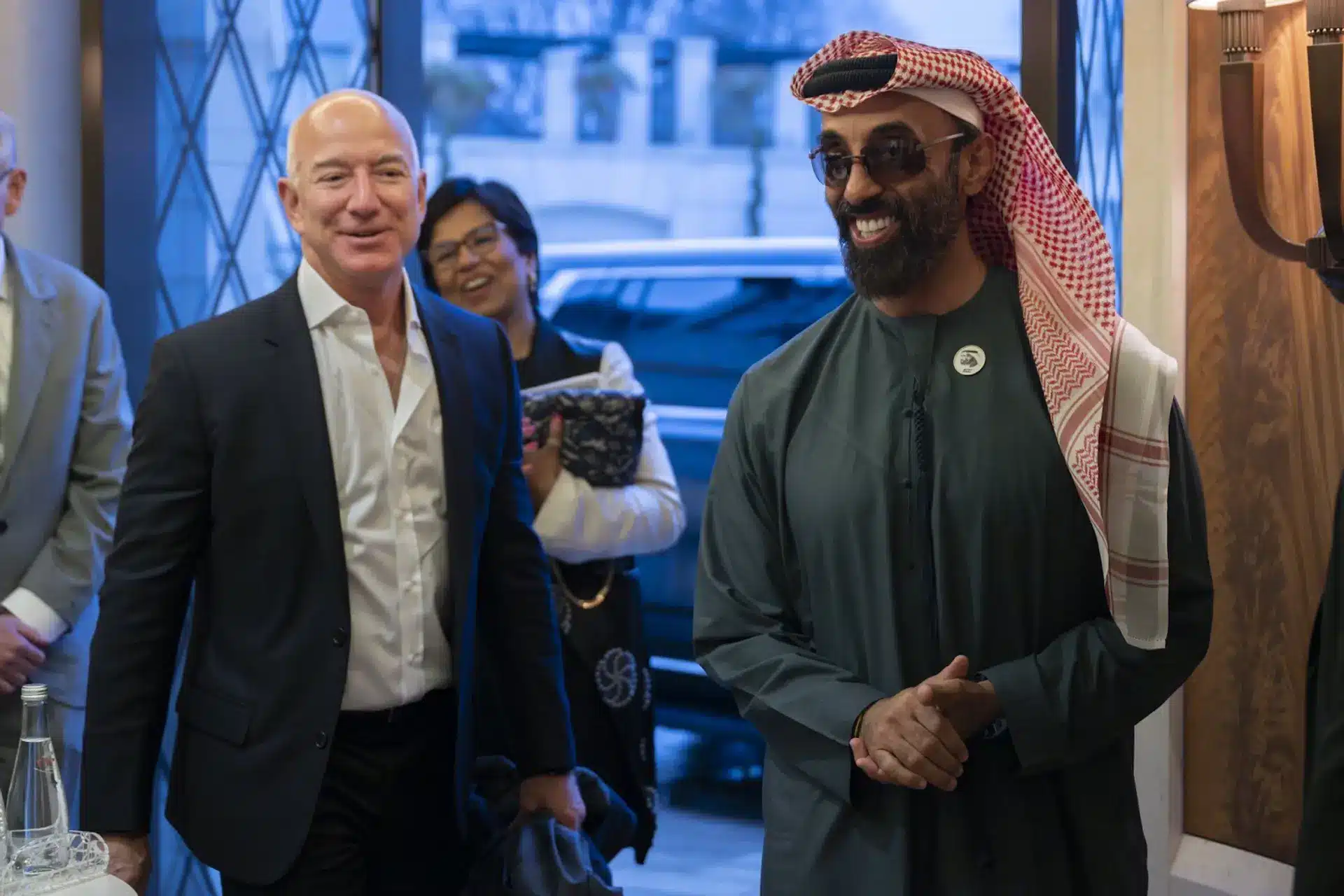Key Takeaways
- The UAE has announced a 10-year, $1.4 trillion investment in the U.S. aimed at boosting sectors like AI, semiconductors, energy, and manufacturing.
- Significant discussions led by President Donald Trump and UAE’s national security adviser Sheikh Tahnoon bin Zayed Al Nahyan took place to establish this investment framework.
- The investment aims to expand existing UAE investments in the U.S. but lacks detailed breakdowns on reaching the $1.4 trillion target.
- A new deal involves Emirates Global Aluminium building a new U.S. aluminum smelter, which would nearly double domestic production capacity.
- The UAE is positioning itself as a leader in AI and is diversifying its economy away from energy dependency.
- President Sheikh Mohamed bin Zayed Al Nahyan’s earlier visit to the U.S. with discussions underlines UAE’s intent to deepen bilateral cooperation.
The United Arab Emirates (UAE) has set a groundbreaking course with its monumental announcement of a 10-year, $1.4 trillion investment in the United States. This ambitious venture seeks to significantly impact sectors such as artificial intelligence (AI), semiconductors, energy, and manufacturing. In addition to fostering technological advancement and economic growth, this commitment highlights the UAE’s strategic efforts to diversify its economy and strengthen its global partnerships.
Strategic Sectors of Investment
AI and Semiconductors
With the future increasingly powered by AI and advanced semiconductor technology, the UAE is making a calculated investment to drive innovation in these critical areas. The nation’s focus on AI is part of a larger vision to position itself as a leader in digital transformation. Collaborations in this sector are expected to spur advances in computing power, data processing capabilities, and machine learning applications.
Energy and Manufacturing
The UAE’s investment in U.S. energy and manufacturing sectors aims to promote sustainable energy solutions and bolster domestic production capabilities. As a major oil producer, the UAE is acutely aware of the need to diversify its economic interests. Thus, by nurturing energy-related projects and manufacturing enterprises, the UAE supports its goal of a balanced and resilient economy.
Key Discussions and Partnership Dynamics
Significant discussions were held between President Donald Trump and UAE national security adviser Sheikh Tahnoon bin Zayed Al Nahyan to establish the framework for this investment. These dialogues underscore the robust diplomatic and economic relations between the two nations, reaffirming both countries’ commitment to mutual growth and security.
Milestone Projects
A standout project within this investment framework is the construction of a new aluminum smelter in the U.S., initiated by Emirates Global Aluminium. This project is not only a testament to UAE’s investment strategy but also marks a historical development in U.S. manufacturing, being the first new smelter in the country in 35 years. This plant will significantly increase domestic aluminum production capacity, thereby enhancing the competitive edge of the U.S. manufacturing sector.
Implications and Future Prospects
Economic Diversification
For the UAE, this investment marks a critical step in moving away from an oil-dependent economy. By investing heavily in high-tech and sustainable energy sectors, the UAE is paving the way for a diverse economic landscape that can adapt to global economic shifts.
Strengthened Bilateral Relations
The investment framework not only deepens economic ties but also fosters goodwill and strategic alignment between the U.S. and UAE. This partnership is likely to produce long-term benefits, enhancing diplomatic relations and opening channels for further collaboration in technology and innovation.
Industrial Impact in the U.S.
The establishment of new manufacturing projects such as the aluminum smelter will have significant implications for the U.S. economy. It provides an opportunity to enhance the industrial infrastructure, create jobs, and stimulate local economies. Furthermore, such initiatives may attract additional foreign investments in similar sectors.
The UAE’s $1.4 trillion investment in the U.S. is a bold declaration of its commitment to innovation, economic collaboration, and diversification. This move not only demonstrates the UAE’s strategic foresight but also promises significant contributions to U.S. technological and industrial growth. As these two nations continue to work closely, the new investment framework will undeniably chart a course for mutual prosperity and global leadership in innovation.




